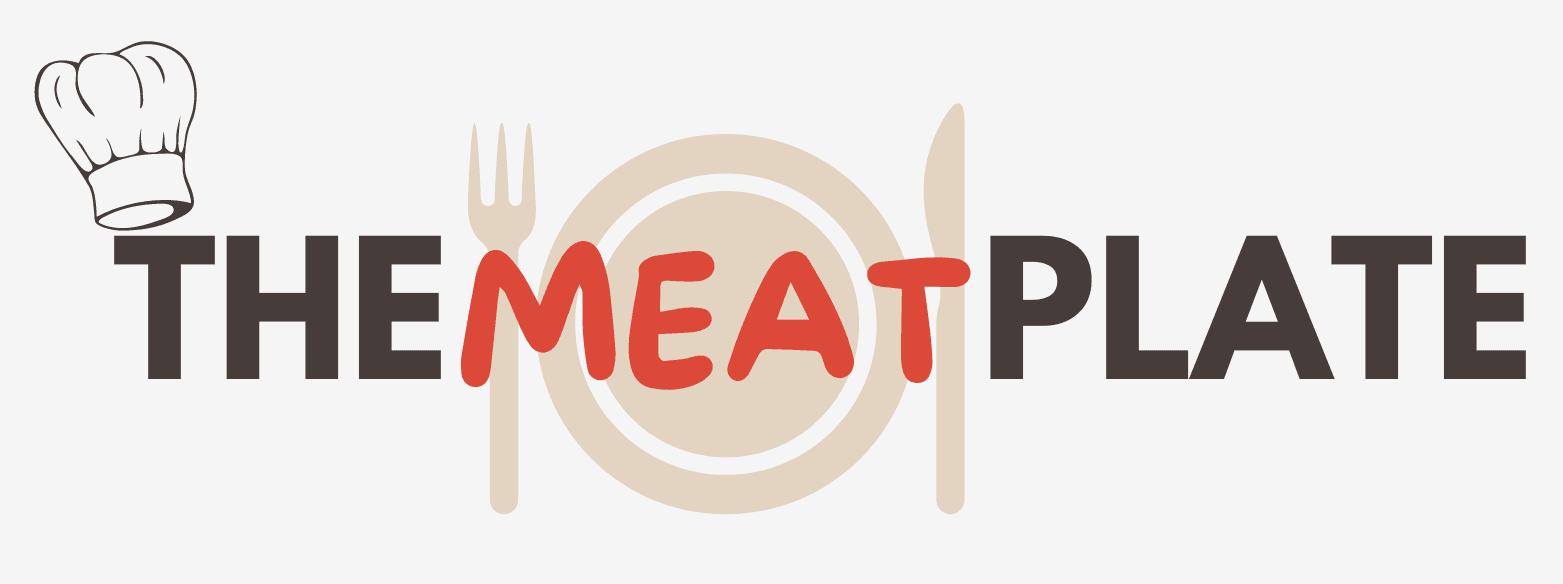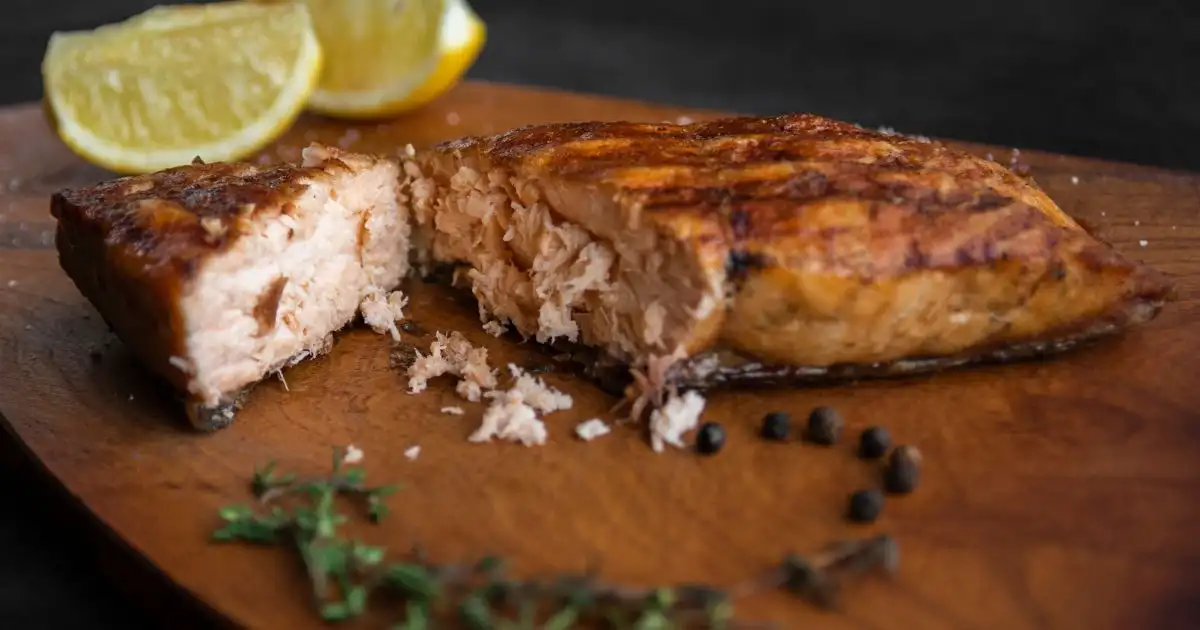Tips For Cooking Salmon Steaks To Perfection
Introduction: Why Cooking Juicy and Flavorful Salmon Cuts Matters
Have you ever attempted to cook salmon steaks at home, only to end up with dry, overcooked fish or skin that sticks to the pan? You’re in good company. Countless home chefs struggle to master the perfect balance of crispy skin, tender flesh, and rich flavor. But the good news? With the right techniques, you can master cooking salmon steaks like a pro.
Among all seafood choices, salmon stands out as among the healthiest, most beneficial, and flavorful fish you can prepare. Packed with heart-healthy omega-3s, high-quality protein, and a wealth of vital vitamins, it’s a powerhouse for your health. Plus, its naturally buttery texture and ability to absorb flavors make it a favorite for many. Whether you’re pan-searing, grilling, baking, or poaching, these expert tips will help you achieve restaurant-quality salmon every time.
Table of Contents
Selecting the Finest Salmon Steaks for Your Meal
Choosing Between Fresh and Frozen – Which One to Choose?
The key to great-tasting salmon starts with selecting the best quality fish. Here’s how to guarantee you select the finest quality cut:
- Fresh salmon: Look for bright, firm flesh with no discoloration. The smell should be clean and slightly briny, never overly fishy.
- Frozen salmon: Choose vacuum-sealed, flash-frozen fillets to maintain quality and freshness. When thawing, place it in the fridge overnight instead of using hot water to preserve texture.
- Wild vs. farmed salmon: Wild salmon usually boasts a leaner texture and a deeper flavor, whereas farm-raised salmon is often richer and fattier. Both have their merits, so choose based on personal preference.
Skin-On or Skin-Off?
- Skin-on salmon helps keep the meat juicy and flavorful while cooking. It also provides a crispy texture when pan-seared.
- Skin-off salmon is ideal for poaching or slow-baking, where crispness isn’t the goal.
How to Cut Salmon Steaks Properly
If you have a whole salmon and want to cut steaks yourself:
- Use a sharp knife to slice the fish crosswise into thick steaks.
- Ensure each steak has a central bone for structure and even cooking.
- Remove any extra fat or uneven edges for a uniform shape.
Getting Salmon Steaks Ready for the Stove
Essential Seasoning and Marinades
While salmon’s natural flavor shines on its own, the right seasoning can take your meal to the next level. Check out these flavorful, delicious options:
Quick Marinade Ideas
| Marinade Type | Ingredients | Recommended Time |
|---|---|---|
| Lemon-Garlic | Lemon juice, garlic, olive oil, salt, pepper | 15 minutes |
| Soy-Ginger | Soy sauce, ginger, honey, sesame oil | 30 minutes |
| Cajun Spice Rub | Cajun seasoning, paprika, olive oil | 10 minutes |
| Herb Butter | Butter, parsley, thyme, garlic | 20 minutes |
Bringing Salmon to Room Temperature
Before cooking, let your salmon sit at room temperature for 15–20 minutes. This prevents uneven cooking and helps achieve a consistent texture.
Drying the Skin for a Crispy Finish
Blot the salmon with a paper towel to remove excess moisture before cooking. This removes excess moisture, ensuring the skin crisps up nicely.
Tools You’ll Need
- Sharp knife – For trimming and portioning.
- Cast iron or non-stick skillet – For pan-searing.
- Tongs – For easy flipping without breaking the fish.
- Thermometer – To check doneness accurately.
Best Cooking Methods for Perfect Salmon Steaks
Pan-Seared Salmon Steaks (Crispy & Flavorful)
Pan-searing locks in moisture while giving the skin a satisfying crisp. Follow these steps:
- Warm up a sturdy skillet on a moderately high flame.
- Add a high-smoke-point oil (avocado, canola, or grapeseed oil).
- Place salmon, skin-side down, and press gently for even contact.
- Cook for 4–5 minutes until the skin achieves a perfect golden hue and crispness.
- Flip it carefully, then let it cook for an additional 3–4 minutes until done.
- Remove from heat and let rest for 3 minutes before serving.
Oven-Baked Salmon Steaks (Easy & Hands-Off)
Baking is a foolproof approach to preparing salmon evenly:
- Preheat the oven to a precise 400°F (200°C).
- Place salmon onto a parchment-lined baking tray.
- Lightly coat with olive oil before season to taste.
- Bake for 12–15 minutes, depending on thickness.
Grilled Salmon Steaks (Smoky & Juicy)
For a delicious charred flavor:
- Warm up the grill to a medium-high setting.
- Brush salmon with oil and season generously.
- Grill the skin-side down for 4–5 minutes.
- Flip and allow it to cook for a few more 3–4 minutes.
- Serve with grilled lemon slices for extra flavor.
Poaching for Tender Salmon Steaks
Poaching ensures the salmon remains exceptionally tender:
- Heat a shallow pan with water, broth, or coconut milk.
- Bring to a gentle simmer.
- Submerge the salmon and cook for 10 minutes until opaque.
Frequent Errors to Steer Clear of When Cooking Salmon Steaks
- Overcooking: Use a kitchen thermometer to ensure it’s perfectly cooked (125–130°F for medium doneness).
- Adding excessive oil: A little goes a long way.
- Not letting salmon rest: Allow 3–5 minutes of resting time for juices to redistribute.
- Flipping too early: Let the skin develop a satisfying crispness before attempting to flip.
Serving and Pairing Ideas for Salmon Steaks
Top Complementary Sides for Salmon Steaks
- Roasted Vegetables: Asparagus, carrots, or brussels sprouts.
- Grain Options: Quinoa, wild rice, or couscous.
- Salads: Arugula with lemon vinaigrette or Greek salad.
Sauces That Elevate Salmon Steaks
- Lemon Butter Sauce: Melted butter with lemon juice and parsley.
- Dill Yogurt Sauce: Greek yogurt, dill, garlic, and lemon.
- Mango Salsa: Diced mango, red onion, lime, and cilantro.
Wine and Beverage Pairings
- White Wine: Sauvignon Blanc, Chardonnay.
- Mocktails: Citrus-infused sparkling water or ginger lemonade.
Honey Garlic Salmon Steaks
FAQs About Cooking Salmon Steaks
What’s the best way to tell if my salmon steak is cooked perfectly?
Perfectly cooked salmon appears opaque and separates effortlessly with a fork. Use a thermometer to check that the internal heat level falls within the range of 125–130°F for medium doneness.
Is it possible to prepare salmon steaks straight from frozen?
Yes! Adjust cooking time by adding 5–7 minutes. Bake at 375°F (190°C) until fully cooked.
Why does my salmon always stick to the pan?
Ensure your pan is properly preheated and use enough oil. A well-heated pan prevents sticking.
Conclusion: Perfecting the Craft of Cooking Salmon Steaks
Achieving perfectly cooked salmon steaks doesn’t have to be complicated. By choosing high-quality fish, using the right seasonings, and applying the ideal cooking techniques, you’ll be able to savor a restaurant-worthy meal at home. Whether you pan-sear for crispiness, bake for convenience, or grill for smoky goodness, these expert tips ensure flawless results. Now, it’s your turn—try one of these methods and savor the delicious rewards!
Enjoyed this guide? Share your favorite method for preparing salmon in the comments below!
Tried It? Tell Us How It Went!
There are no reviews yet. Be the first one to write one.

